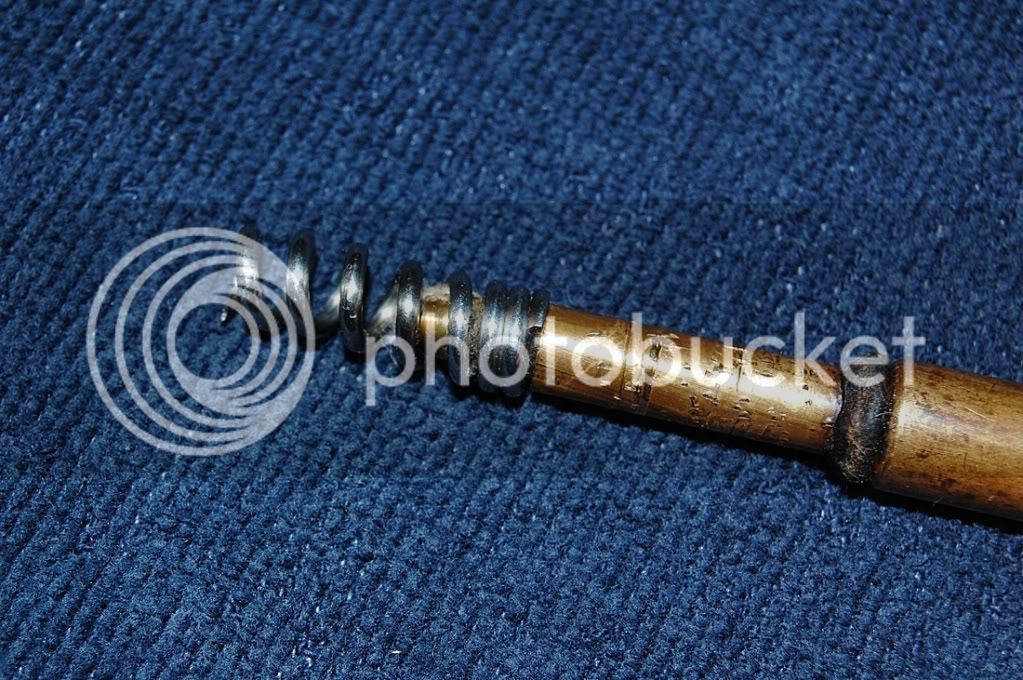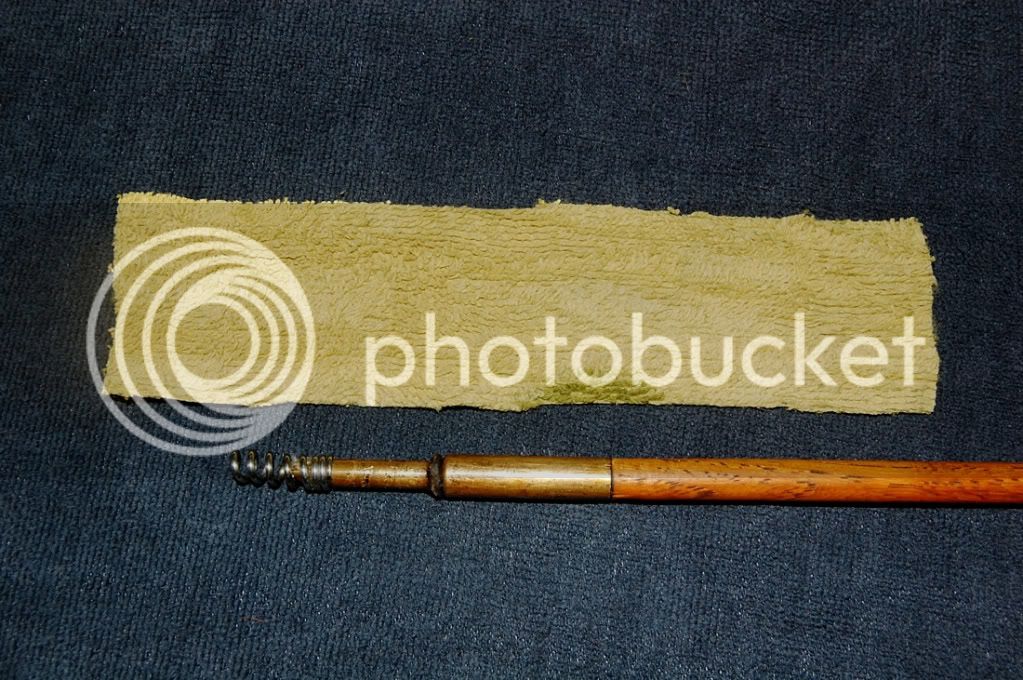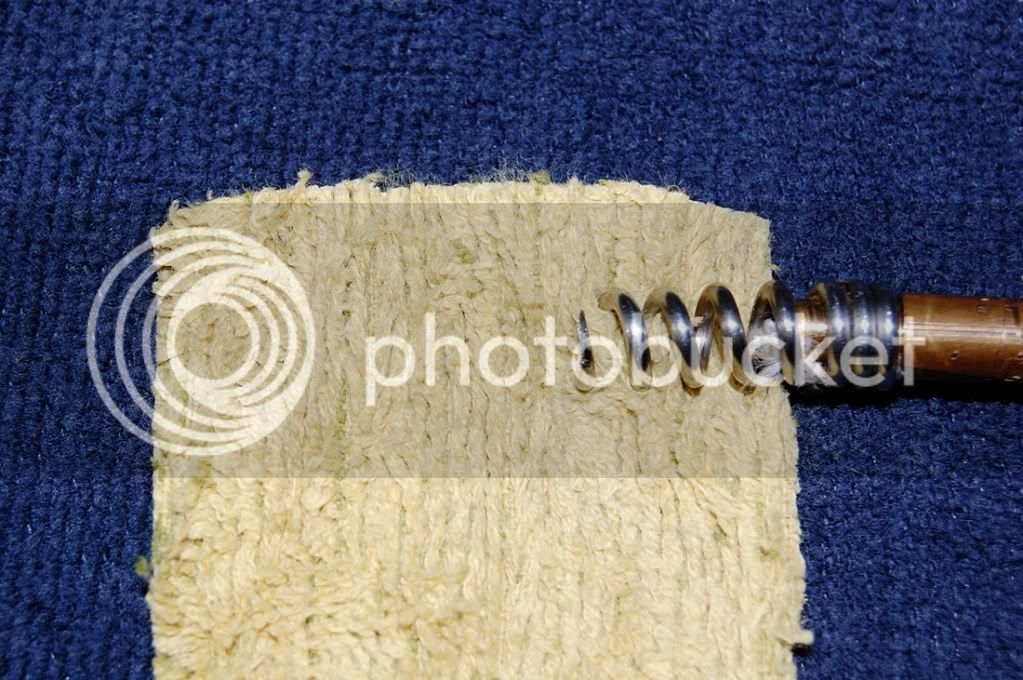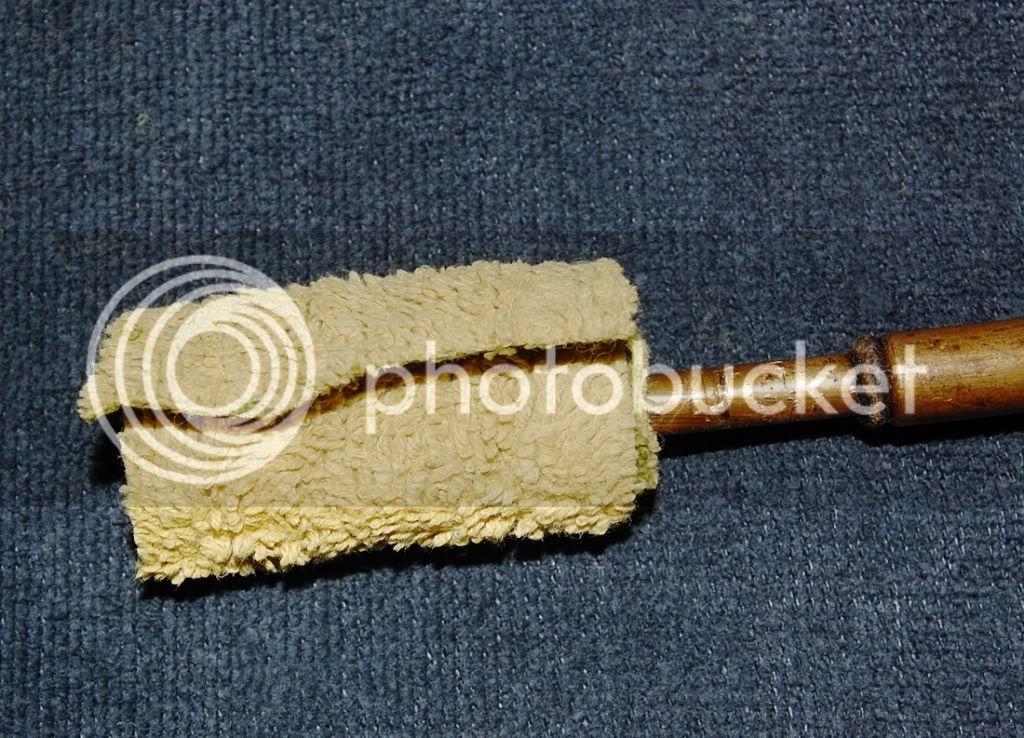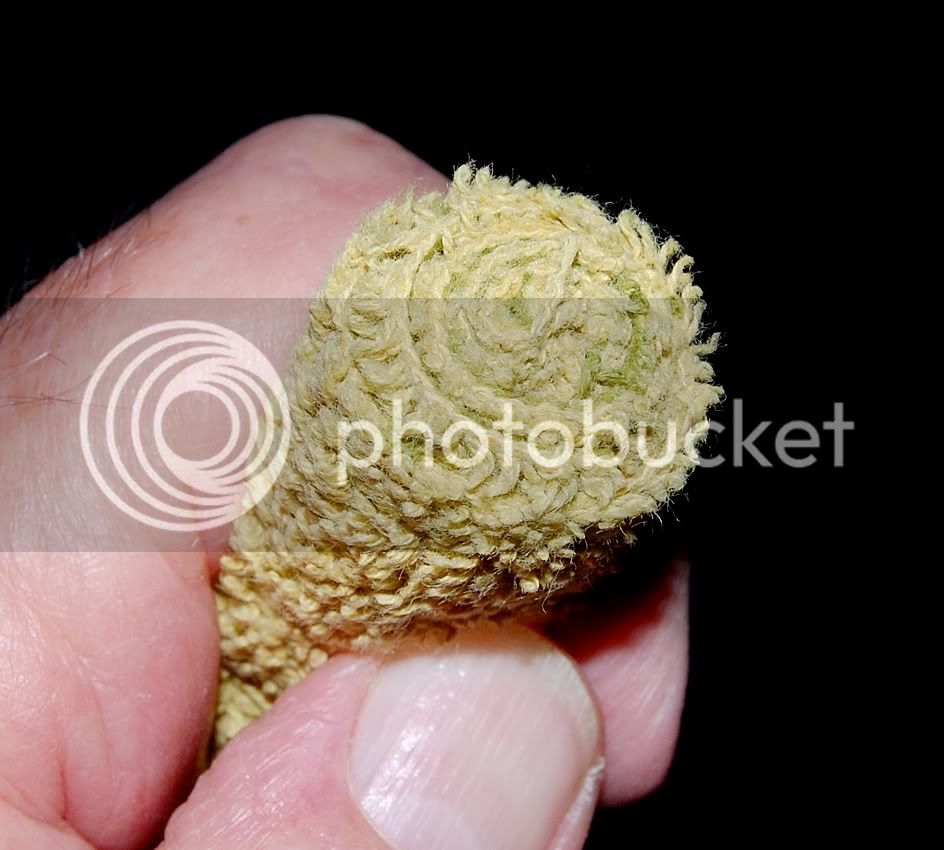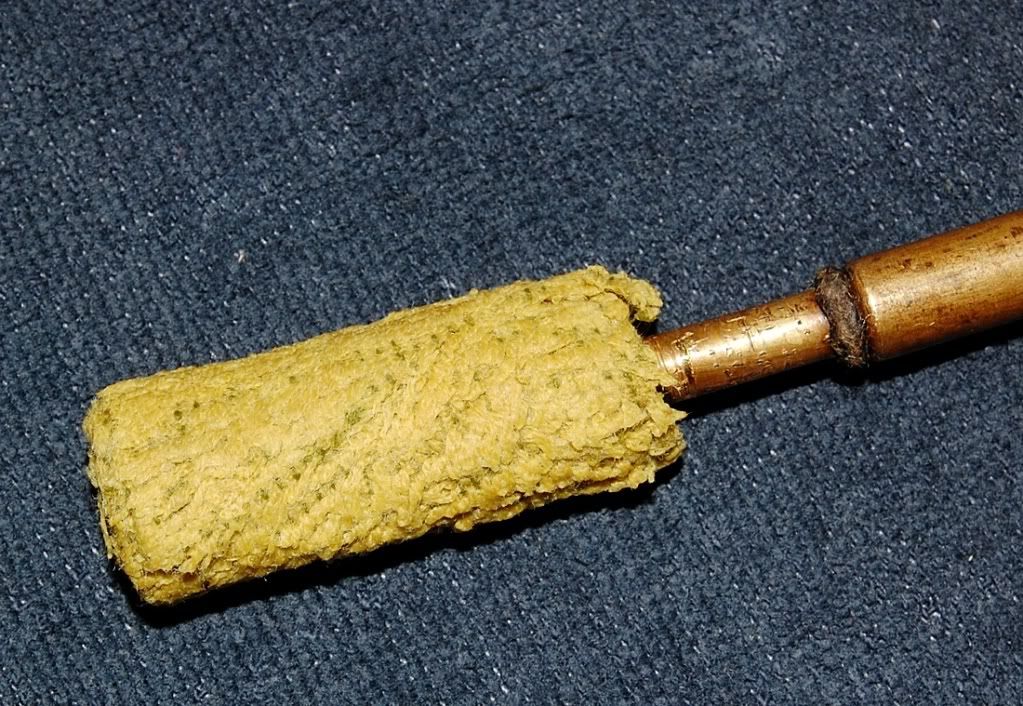If you plug the vent or nipple with a tooth pick, then pour water and soap into the barrel to let it SOAK FOR NO LESS THAN HALF AN HOUR- more is even better-- the soap will clean the face of the plug free of crud. Pumping the ware and soap through the TH or vent with your ramrod, a cleaning jag and a cleaning patch with soap on it also, then uses the high pressure caused by pushing that water out thru that small hole to clean even the corners around the breech plug. If you can put the end of the barrel into a bucket of water deep enough to cover the TH, you can draw water in and push it back out with the action of your cleaning rod.
I bought a breech plug face scraper when I got my first rifle. Put it on my rod after flushing my barrel out as described above, and found a clean face staring at me in a light. I ran the scraper down anyway, to see if there was crud in the corners I could not see, but came up empty. I still have the scraper, but its "Just in case". I have never used it in any of my guns over the past 34 years.
My point is that whether you NEED a scraper depends on other factors, like how you go about cleaning your barrel during a shoot. Other factors are: How polished or coarse the face is, whether the gun is designed to have a powder chamber in the breech instead of a flat face, etc.
I run a cleaning patch or three down the barrel of my guns after EVERY shot. The first patch is lightly dampened with spit off my tongue. I examine the condition of the patch when it comes back out. That determines if the next patch also is dampened, or dry. The condition of that second patch determines if I am going to use another drying patch.
If you don't allow crud to build up in the gun while you are shooting, it only stands to reason that you will find little or no crud caked on that breech face at the end of the shooting.

:hmm: :hatsoff:
Shooter have to resign themselves that shooting
black Powder creates a lot of soot. YOU NEED to have soap and ware, towels, and a rag with you to clean your hands and the gun during shooting. Otherwise, you WILL get dirty.
I carry a 2 liter bottle of water, and a small vial of liquid soap in the car, along with a roll of cheap paper towels to use to clean up at the end of the day. I always carry a towel or rag in a pocket- as I would have a handkerchief in my back pocket every day--- when I am on the range, or hunting. I should charge rent to all the guys at my club who "borrow" my soap and water and towels to clean up their hands, and their guns because they never seem to remember to take their own to the club shoots. :v :idunno: :shocked2: :thumbsup:






 :hmm: :hatsoff:
:hmm: :hatsoff: 